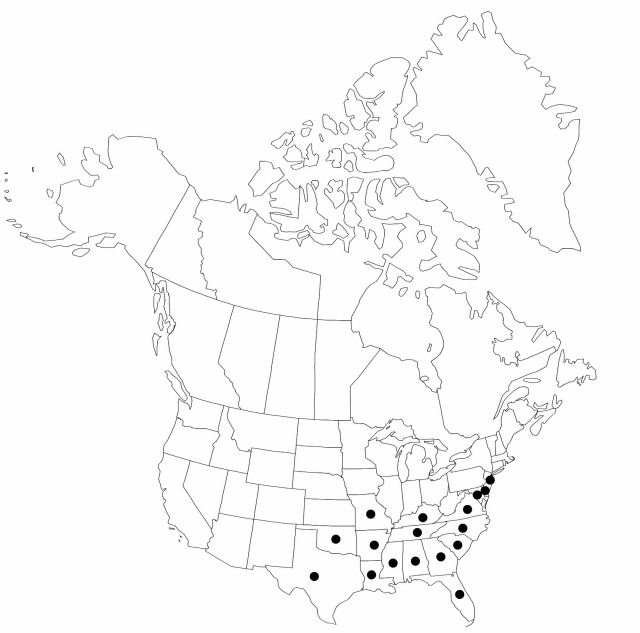Difference between revisions of "Cyperus plukenetii"
Rhodora 47: 110, plate 877. 1945.
FNA>Volume Importer |
FNA>Volume Importer |
||
| Line 24: | Line 24: | ||
|elevation=0–200 m | |elevation=0–200 m | ||
|distribution=Ala.;Ark.;Del.;Fla.;Ga.;Ky.;La.;Md.;Miss.;Mo.;N.J.;N.C.;Okla.;S.C.;Tenn.;Tex.;Va. | |distribution=Ala.;Ark.;Del.;Fla.;Ga.;Ky.;La.;Md.;Miss.;Mo.;N.J.;N.C.;Okla.;S.C.;Tenn.;Tex.;Va. | ||
| − | |discussion=<p>Cyperus plukenetii is distinguished by its tight, burlike spikes, few-flowered spikelets, and densely pubescent culms, leaves, and rays.</p> | + | |discussion=<p><i>Cyperus plukenetii</i> is distinguished by its tight, burlike spikes, few-flowered spikelets, and densely pubescent culms, leaves, and rays.</p> |
|tables= | |tables= | ||
|references= | |references= | ||
| Line 48: | Line 48: | ||
|publication year=1945 | |publication year=1945 | ||
|special status= | |special status= | ||
| − | |source xml=https://jpend@bitbucket.org/aafc-mbb/fna-data-curation.git/src/ | + | |source xml=https://jpend@bitbucket.org/aafc-mbb/fna-data-curation.git/src/8f726806613d60c220dc4493de13607dd3150896/coarse_grained_fna_xml/V23/V23_308.xml |
|genus=Cyperus | |genus=Cyperus | ||
|subgenus=Cyperus subg. Cyperus | |subgenus=Cyperus subg. Cyperus | ||
Revision as of 16:07, 18 September 2019
Herbs, perennial, cespitose. Culms basally cormlike, obtusely trigonous to subterete, 25–100 cm × 2–4 mm, densely minutely scabridulous. Leaves inversely W-shaped, 20–70 cm × 4–7 mm, adaxial surface densely hirtellous. Inflorescences: spikes turbinate, 10–12 × 6–9 mm, ± as long as wide; rays 6–12, 1–30 cm (longest bract equaling or shorter than longest ray), harshly scabrid; bracts 3–10, horizontal to ascending at 30°, inversely W-shaped, 6–27 cm × 3–6 mm; rachilla persistent, wings hyaline, 0.5 mm wide, covering 1/2 of mature achene. Spikelets 30–60, proximal spikelets reflexed nearly parallel to ray, distal ones spreading, linear, ± terete, 6–8 × 1–1.4 mm; floral scales persistent, 1(–2), appressed, stramineous, often suffused with reddish purple, laterally 4–6-ribbed, ovate-lanceolate, 4–4.5 × 1.4–1.6 mm, apex straight, excurved mucronate or cuspidate; terminal scale spinose. Flowers: anthers 0.5–1 mm; styles 1.5–2 mm; stigmas 2 mm. Achenes dark brown, narrowly oblong, (2.4–)2.7–2.9(–3.2) × 0.7–0.8 mm, base cuneate, apex obtuse, apiculate, surfaces puncticulate.
Phenology: Fruiting summer (Jul–Aug).
Habitat: Dry sand hills, xeric upland woods
Elevation: 0–200 m
Distribution

Ala., Ark., Del., Fla., Ga., Ky., La., Md., Miss., Mo., N.J., N.C., Okla., S.C., Tenn., Tex., Va.
Discussion
Cyperus plukenetii is distinguished by its tight, burlike spikes, few-flowered spikelets, and densely pubescent culms, leaves, and rays.
Selected References
None.
